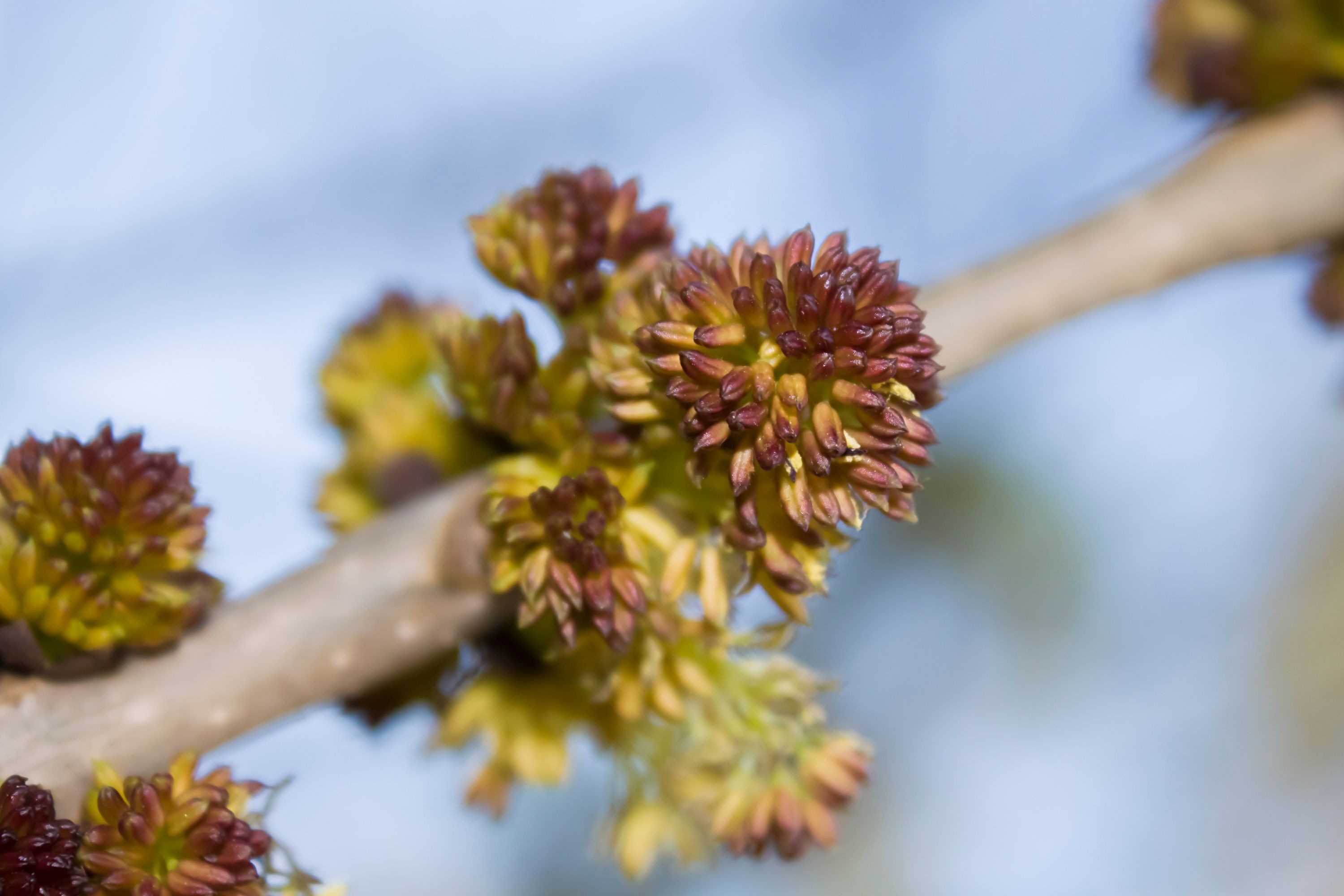White ash
(Fraxinus americana)

Description
Fraxinus americana, commonly known as the white ash, is a tall, deciduous tree native to North America. The tree is known for its beautiful, straight-grained wood, which is used extensively in the manufacturing of furniture, sports equipment, and musical instruments. The white ash also has significant ecological importance, providing habitat and food for numerous species of wildlife. In this article, we will explore the various aspects of Fraxinus americana, including its appearance, habitat, ecology, cultivation, and uses. Appearance The white ash is a large, fast-growing tree that can reach a height of up to 80 feet (24 meters) tall and a trunk diameter of up to 3 feet (1 meter). The tree has a straight, cylindrical trunk that is relatively free of branches until it reaches a height of about 30 feet (9 meters). The crown of the tree is narrow and conical, with relatively sparse branching that forms an open canopy. The leaves of the white ash are compound, with 5-9 leaflets arranged in an opposite pattern. The leaflets are elliptical, with serrated margins and a pointed tip, and they are a bright green color in the summer, turning to a yellow-orange color in the fall. The tree produces small, inconspicuous flowers in the spring, followed by winged seeds that are dispersed by the wind. Habitat The white ash is native to the eastern and central regions of North America, where it grows in a variety of habitats. The tree is most commonly found in lowland forests, bottomlands, and along streams and rivers. It can also be found in upland forests and on dry, rocky soils. The white ash is adapted to a wide range of soil types, including clay, loam, and sandy soils, but it prefers moist, well-drained soils. The tree has a moderate tolerance for drought and flooding, making it well-suited to the variable environmental conditions found in its native range. Ecology The white ash is an important component of many forest ecosystems, providing habitat and food for numerous species of wildlife. The tree is a host plant for the larvae of the mourning cloak butterfly, tiger swallowtail butterfly, and other moth and butterfly species. The seeds of the white ash are eaten by a variety of birds and small mammals, including woodpeckers, grosbeaks, squirrels, and chipmunks. The tree also provides cover and nesting sites for birds and small mammals. The white ash has a relatively low tolerance for shade and is typically found in open, sunny habitats, where it can compete with other tree species. Cultivation The white ash is widely cultivated as an ornamental tree and is also grown commercially for its valuable timber. The tree is typically propagated from seed, which should be collected in the fall and stored in a cool, dry place until spring. The seed should be stratified (kept moist and cold) for several months before planting in the spring. The white ash is tolerant of a wide range of soil types but prefers moist, well-drained soils. The tree should be planted in a sunny location and watered regularly during its first few years of growth. The white ash is relatively free of pests and diseases, although it can be susceptible to ash yellows, a viral disease that causes yellowing and stunting of the leaves. Uses The white ash is highly valued for its strong, straight-grained wood, which is used extensively in the manufacturing of furniture, flooring, cabinetry, and sports equipment. The wood is also used in the production of musical instruments, including guitars, drums, and pianos. The white ash is an important source of hardwood lumber, and its high value has led to over-harvesting in some areas.
Taxonomic tree:







